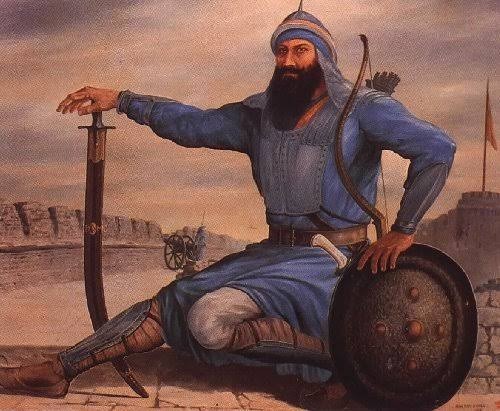Banda Singh Bahadur was put into an iron cage and the remaining Sikhs were chained. The Sikhs were brought to Delhi in a procession with the 780 Sikh prisoners, 2,000 Sikh heads hung on spears, and 700 cartloads of heads of slaughtered Sikhs to terrorise the population. They prisoners were put in the Delhi fort and pressured to give up their faith and become Muslims. On their firm refusal, these non-converters were ordered to be executed. Every day 100 Sikh soldiers were brought out of the fort and murdered in public (where the current Harding Library is situated). This continued for approximately seven days. Then Banda Bahadur was told to kill his four-year-old son, Ajai Singh, which he flatly refused. So, Ajai Singh was murdered in front of him and his heart was cut out, and thrusted into Banda Bahadur's mouth. However, his resolution did not break even under such gruesome tragedy and so he was then subjected to torture of unimaginable proportions. On 9th June 1716, Banda Singh's eyes were gouged out, his limbs were severed, his skin removed, and then finally he was trampled under the elephant's feet.


